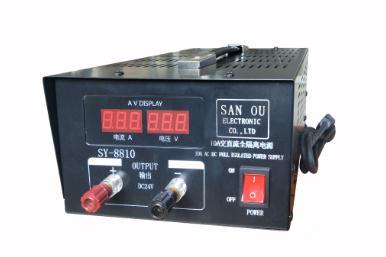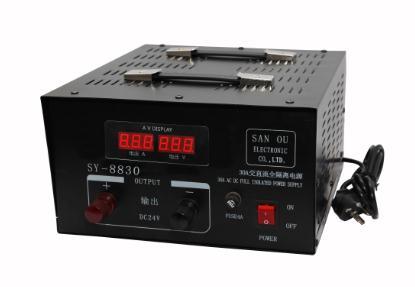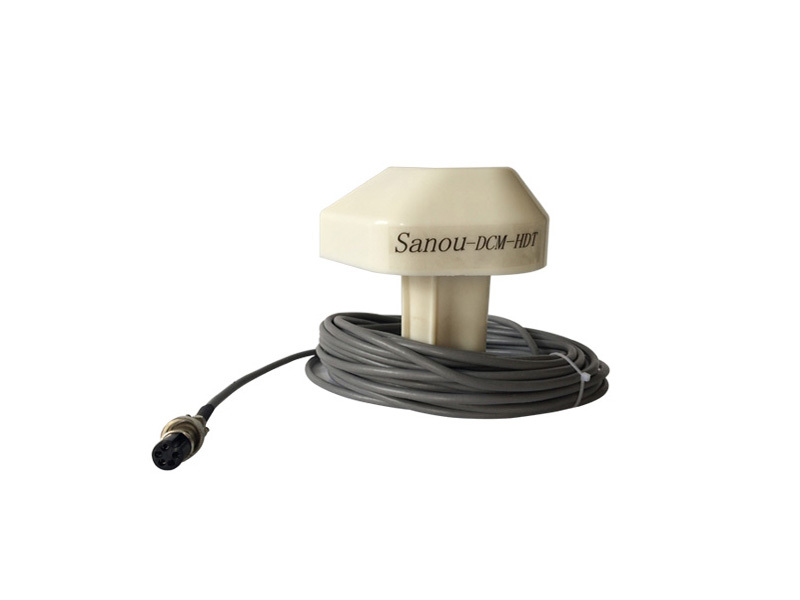News Center
Maximize Your Signal Distribution with a 1 in 4 Out Signal Distributor
Maximize Your Signal Distribution with a 1 in 4 Out Signal Distributor
Table of Contents
- 1. Introduction to Signal Distribution
- 2. Understanding Signal Distributors: What They Are
- 3. Benefits of Using a 1 in 4 Out Signal Distributor
- 4. How a 1 in 4 Out Signal Distributor Works
- 5. Applications of Signal Distributors in Various Industries
- 6. Choosing the Right 1 in 4 Out Signal Distributor
- 7. Installation and Setup Tips for Optimal Performance
- 8. Common Issues and Troubleshooting
- 9. Conclusion
- 10. FAQs
1. Introduction to Signal Distribution
Signal distribution is a critical aspect of modern electronics, affecting everything from audio and video systems to telecommunications. In environments where multiple devices need to receive signals from a single source, a **1 in 4 out signal distributor** serves as an essential tool. This device allows one input signal to be distributed to four outputs without losing integrity, ensuring that all connected devices receive the same quality signal.
2. Understanding Signal Distributors: What They Are
A signal distributor is a device designed to split a single input signal into multiple output signals. **1 in 4 out signal distributors** specifically take one signal and distribute it to four different channels. This becomes particularly useful in setups where audio or video signals need to be sent to multiple locations, such as in home theaters, classrooms, or professional audio environments.
Types of Signal Distributors
Signal distributors come in various types, including passive and active distributors. Passive distributors rely on the strength of the input signal and do not amplify it. In contrast, active distributors amplify the signal, making them suitable for long-distance runs or when dealing with weaker signals.
3. Benefits of Using a 1 in 4 Out Signal Distributor
Investing in a **1 in 4 out signal distributor** offers numerous advantages:
Enhanced Signal Quality
Maintaining high signal integrity is crucial. A quality signal distributor minimizes signal loss, ensuring a strong, clear signal for all connected devices.
Cost-Effective Solution
Instead of purchasing multiple sources for each output, a single distributor can serve multiple devices, saving both money and space.
Flexible Configurations
Whether you’re setting up a simple home theater or a complex professional studio, 1 in 4 out signal distributors provide the flexibility to cater to various configurations and requirements.
Easy Integration
Most signal distributors are designed for straightforward installation, allowing for quick integration into existing systems without extensive modifications.
4. How a 1 in 4 Out Signal Distributor Works
At its core, a **1 in 4 out signal distributor** takes an input signal and splits it into four outputs. The internal circuitry ensures that each output maintains the same signal strength and quality as the input.
Signal Integrity
The design of these distributors often includes shielding and filtering to minimize interference from external sources, which can degrade signal quality. This is particularly important in environments with numerous electronic devices.
Power Requirements
Some signal distributors require external power, especially active models that amplify signals. Understanding the power requirements is vital for seamless integration into your setup.
5. Applications of Signal Distributors in Various Industries
Signal distributors have versatile applications across multiple fields:
Home Theater Systems
In home theaters, a 1 in 4 out signal distributor can manage video and audio signals from a central source like a Blu-ray player or gaming console to multiple TVs or projectors.
Broadcasting
In broadcasting environments, signal distributors ensure that the same feed reaches various monitors and recording devices, crucial for live events.
Corporate Settings
In corporate meetings, a signal distributor allows presentations to be shown on multiple screens simultaneously, enhancing the visibility of shared content.
Educational Institutions
Schools can utilize signal distributors to send educational videos and presentations to various classrooms or auditoriums, maximizing the reach of teaching materials.
6. Choosing the Right 1 in 4 Out Signal Distributor
Selecting the appropriate signal distributor is essential for optimal performance. Key factors to consider include:
Signal Type
Determine whether you need to distribute audio, video, or both. Ensure that the distributor you choose supports the specific type of signal you are working with.
Distance and Length of Cables
Consider the distance between your source and destinations. For longer distances, an active distributor may be necessary to maintain signal integrity.
Budget and Quality
While budget considerations are important, investing in a quality distributor can prevent future issues related to signal loss or distortion.
7. Installation and Setup Tips for Optimal Performance
Proper installation and setup of your **1 in 4 out signal distributor** can enhance performance and longevity.
Read the Manual
Before installation, carefully read the manufacturer's manual to understand specific instructions and requirements.
Location Matters
Position the distributor away from sources of electrical interference, such as large power supplies or other electronic devices, to minimize disruptions.
Test Before Full Setup
Before fully integrating the distributor into your system, perform a test to ensure that all outputs receive a clear signal.
8. Common Issues and Troubleshooting
Even the best equipment can encounter issues. Here are some common problems and their solutions:
Signal Loss
If you're experiencing weak signals, check all cable connections and consider whether a longer cable might require an active distributor.
Interference and Noise
Interference can often be traced back to poor shielding. Ensure that high-quality, shielded cables are used for connections.
Power Issues
For active distributors, ensure that the power supply is functioning correctly and that the distributor is receiving adequate power.
9. Conclusion
A **1 in 4 out signal distributor** is an indispensable tool for anyone looking to maximize signal efficiency across multiple devices. By understanding how these distributors work, the benefits they offer, and how to choose the right model, users can greatly enhance their audio and visual experiences. With proper setup and troubleshooting, these devices promise longevity and reliable performance.
10. FAQs
1. What is the difference between passive and active signal distributors?
Passive distributors do not amplify signals, while active distributors provide amplification, making them ideal for longer distances or weaker signals.
2. Can I use a 1 in 4 out signal distributor for both audio and video signals?
Yes, many distributors are designed to handle both audio and video signals, but ensure that the model you choose supports both types.
3. How do I know if I need an active signal distributor?
If you are running long cable lengths or experiencing signal loss, an active distributor may be necessary to maintain signal quality.
4. What types of connectors are available on 1 in 4 out signal distributors?
Connectors can vary, but common types include RCA, HDMI, and XLR. Ensure you choose one compatible with your equipment.
5. How do I troubleshoot a signal distributor that is not working?
Check all connections for secure fittings, test with different cables, and ensure that any required power supplies are functioning properly.
Related News
Understanding the Benefits of a 1 in 4 Out Signal Distributor for Electronic Components
Understanding the Benefits of a 1 in 4 Out Signal Distributor for Electronic Components Table of Contents 1. Introduction to Signal Distribution 2. What is a 1 in 4 Out Signal Distributor? 3. Key Advantages of Using a 1 in 4 Out Signal Distributor 3.1 Enhanced Signal Integrity 3.2 Improved Signal Distribution Efficiency 3.3 Flexibility in System Desi
Understanding the 1 in 10 Out Signal Distributor: A Key Component in Optoelectronic Applications
A 1 in 10 out signal distributor is a specialized electronic device that takes a single input signal and replicates it across multiple output channels—in this case, ten outputs. This function is crucial in various applications, including telecommunications, broadcasting, and data transmission systems. The ability to distribute a single signal to multiple outputs ensures that information can reach
Unlocking the Benefits of the Furuno 1831 Radar with a Quality 24 Pin Square Plug
Unlocking the Benefits of the Furuno 1831 Radar with a Quality 24 Pin Square Plug Table of Contents 1. Introduction to Furuno 1831 Radar 2. Key Features of the Furuno 1831 Radar 3. Advantages of Using a Quality 24 Pin Square Plug 4. Installing the Furuno 1831 Radar with a 24 Pin Square Plug 5. Maintenance Tips for Optimal Performance 6. Troubleshooting Common




